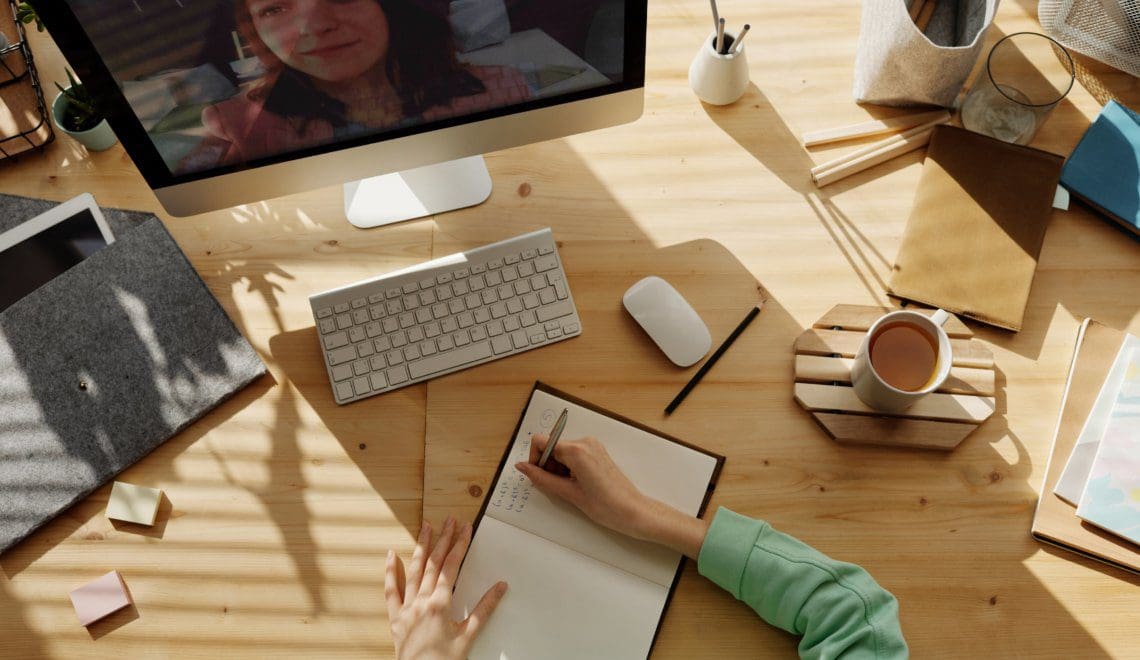Pandemic already changing how we communicate

I connected recently with a professional acquaintance with whom I hadn’t spoken for at least a year. In my email, I suggested that we catch up by phone, and he countered by saying that he’d send me a Zoom link so that we could converse like the Jetsons used to – face to face but from a distance.
The exchange struck me as one manifestation from the coronavirus that is already changing how we interact with one another. The cameras in our cellphones and laptops have quickly replaced conference calls. And I suspect that change is likely here to stay.
The new way of connecting
I can recall – it can’t be that long ago but I suppose it’s probably going on 20+ years – when videoconferencing was making its way into the mainstream. While some cursory research says that Bell Labs invented the video phone as early as 1927, it wasn’t until the dawn of the internet that we actually started seeing some real-world implementation, and companies undertook the cost-benefit analysis as to which calls were worth the added expense of seeing faces instead of just hearing voices. The truth is, at least in my world, it never really caught on in a wholesale way.
But here we are now, Zooming with old colleagues, having virtual birthday parties and happy hours in Brady Bunch fashion and showing our doctors just where it hurts in real time. It feels like a seminal moment in our history. On the other hand, perhaps it’s just the older among us is catching up to the Millennials and Xers who default to FaceTime, though nowhere nearly as often as texting.
Adapting to and evolving with the technology
My assumption was that this is perhaps history repeating itself, that the use of the telephone began to spike during the pandemic of 1918 as a means for bridging the social distancing that was going on. But that actually was not the case. While only 35% of U.S. households had phones at that time, officials warned against using the phone so cavalierly for fear of overwhelming the network of switchboard operators. Phone lines had to be kept open for emergencies, they reasoned.
These days, however – perhaps with a growing comfort level with technology – we are starting to see greater and greater acceptance of these new tools. And we are seeing it in our business. We have, for example, a distillery client, and over the years, we have sought to get reporters to participate in “virtual tastings” – i.e. we send them samples of whisky and hook them up virtually with the client, just as we would face to face. While there has been widespread reluctance to go that route in the past, suddenly, the switch has been flipped, and reporters and editors are now receptive to this arrangement.
The same appears to be true for other uses of the technology, accelerating the use of PC-based video for remote television interviews, for instance. And we are beginning to see a greater receptivity to virtual desk-side briefings, putting clients on a reporter’s computer screen instead of the chair next to their desk.
Changes in habits and an embrace of technology can often take a long time. But when we need to, we can also embrace a new normal at record speed.
What communications changes are you seeing in your business as a result of the pandemic?
Leave a Reply